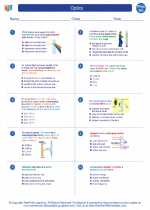Jurassic Period
The Jurassic Period is the second period of the Mesozoic Era, and it lasted from approximately 201 to 145 million years ago. This period is best known for the dominance of dinosaurs and the emergence of new species such as the first birds and mammals.
Geological and Climate Conditions
During the Jurassic Period, the supercontinent Pangaea began to break apart, leading to the gradual separation of landmasses and the formation of new oceans. The climate was generally warm and tropical, with lush vegetation covering the land. The sea levels were high, and there were extensive shallow seas covering many parts of the continents.
Flora and Fauna
The Jurassic Period saw the rise of the dinosaurs as the dominant land animals. Some of the most well-known dinosaurs, such as the Brachiosaurus, Stegosaurus, and Allosaurus, lived during this time. The first birds, such as Archaeopteryx, appeared, as well as early mammals and small reptiles. The plant life included conifers, ferns, and cycads, and the first flowers started to evolve towards the end of the period.
Study Guide
- What are the defining characteristics of the Jurassic Period?
- Describe the geological changes that occurred during the Jurassic Period.
- Explain the major types of flora and fauna that existed during the Jurassic Period.
- Discuss the significance of the Jurassic Period in the history of life on Earth.
- What were some of the key dinosaur species that thrived during the Jurassic Period?
Be sure to familiarize yourself with the key events, species, and geological changes that occurred during the Jurassic Period. Understanding this period is crucial to comprehending the evolution of life on Earth and the emergence of the diverse ecosystems we see today.



